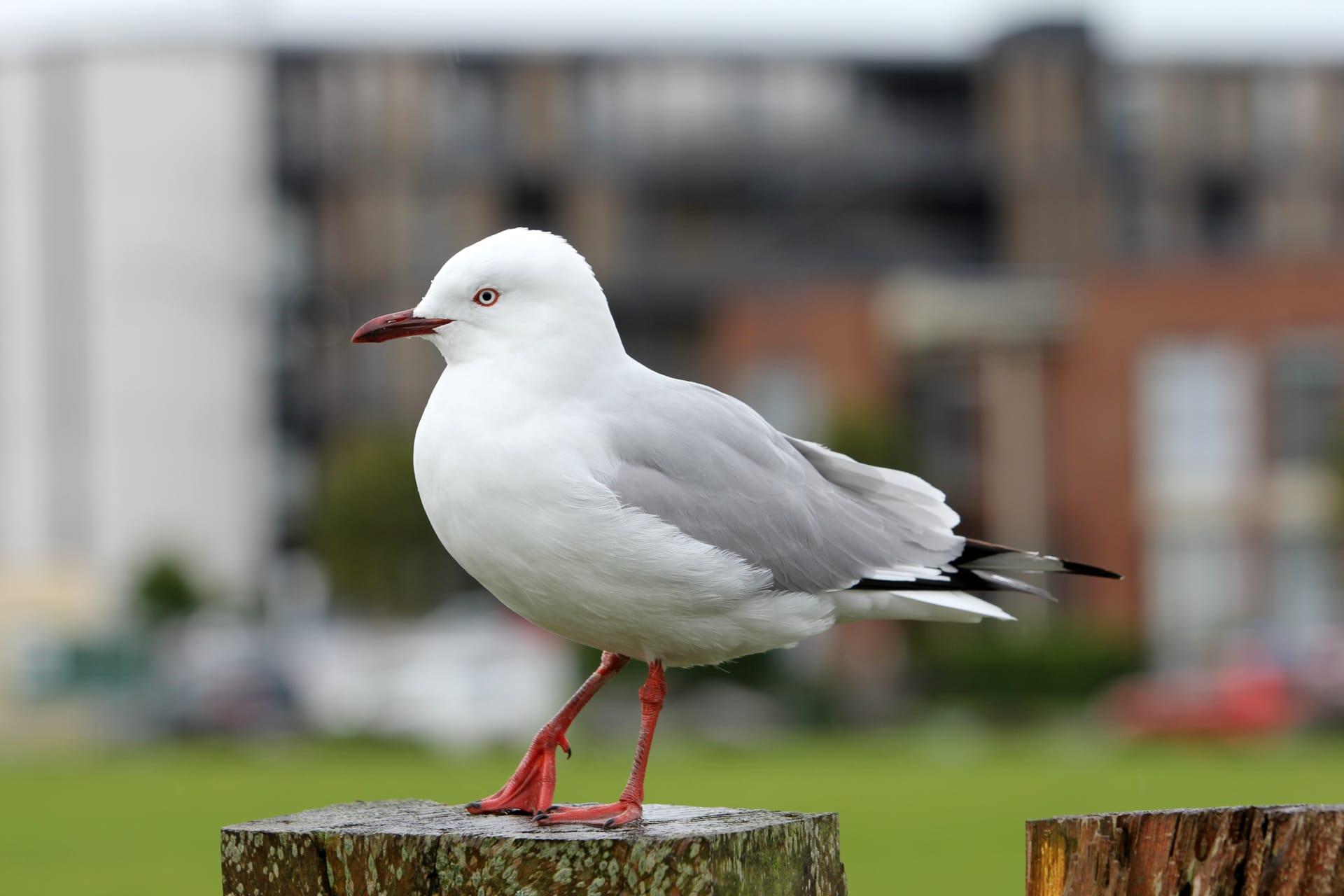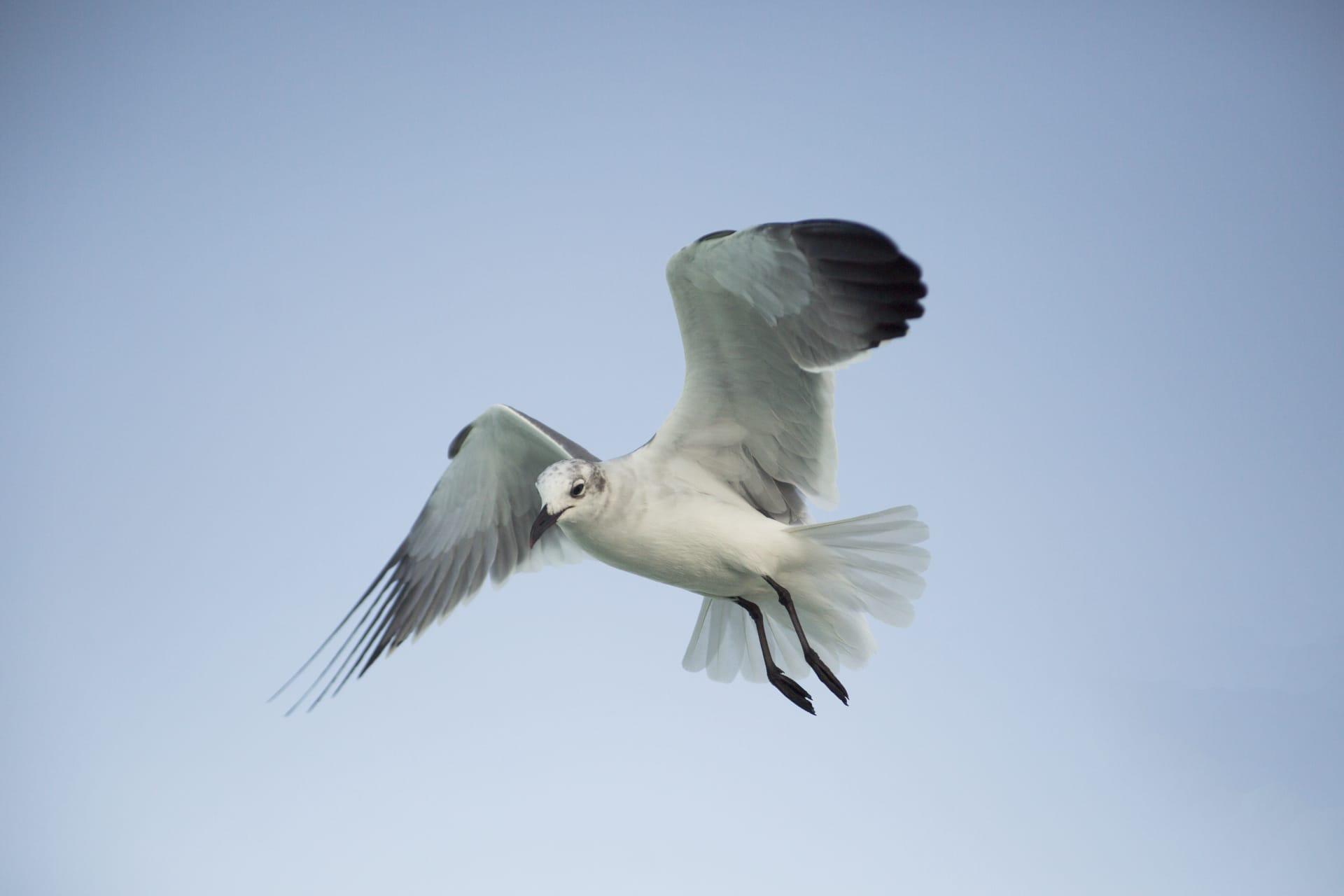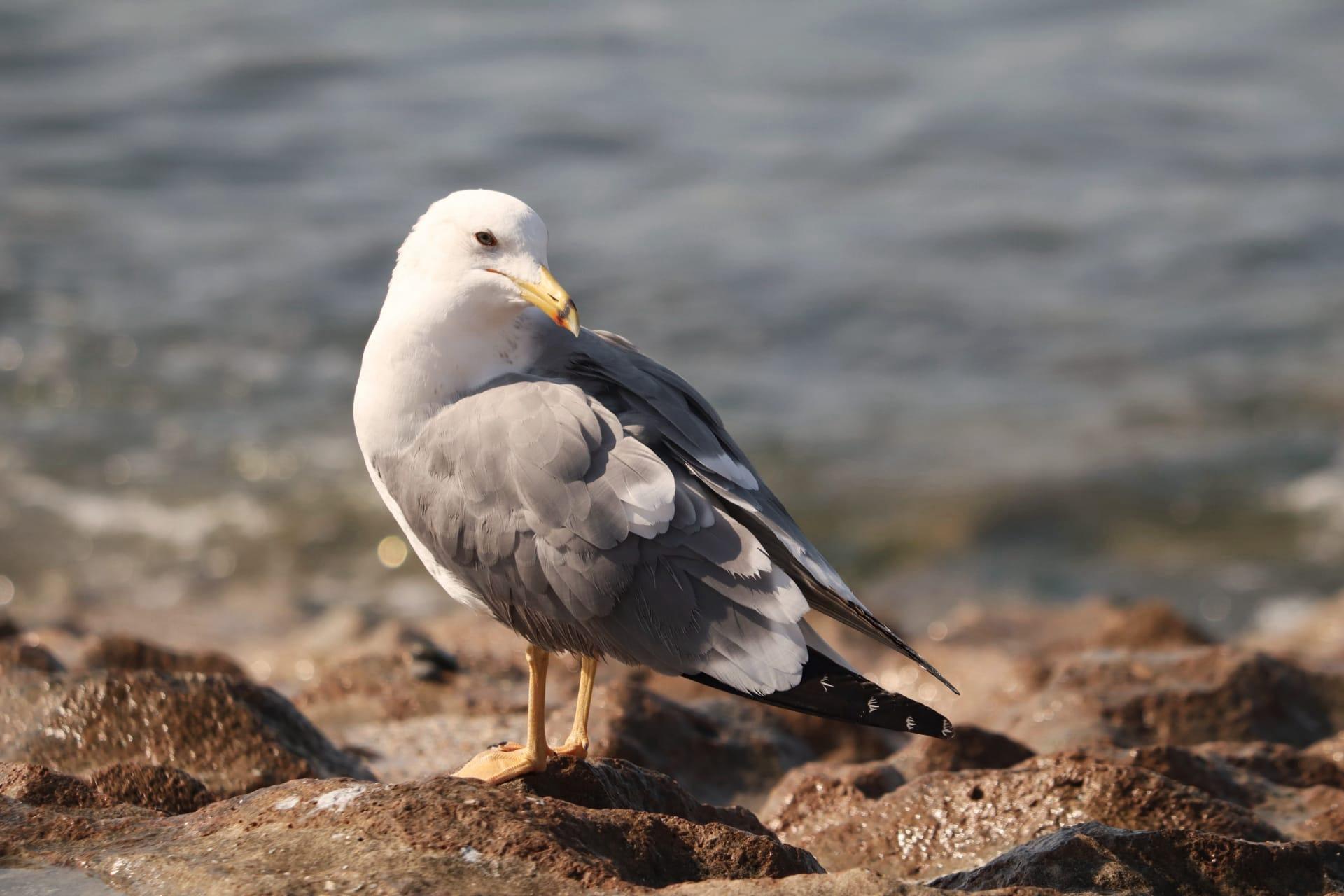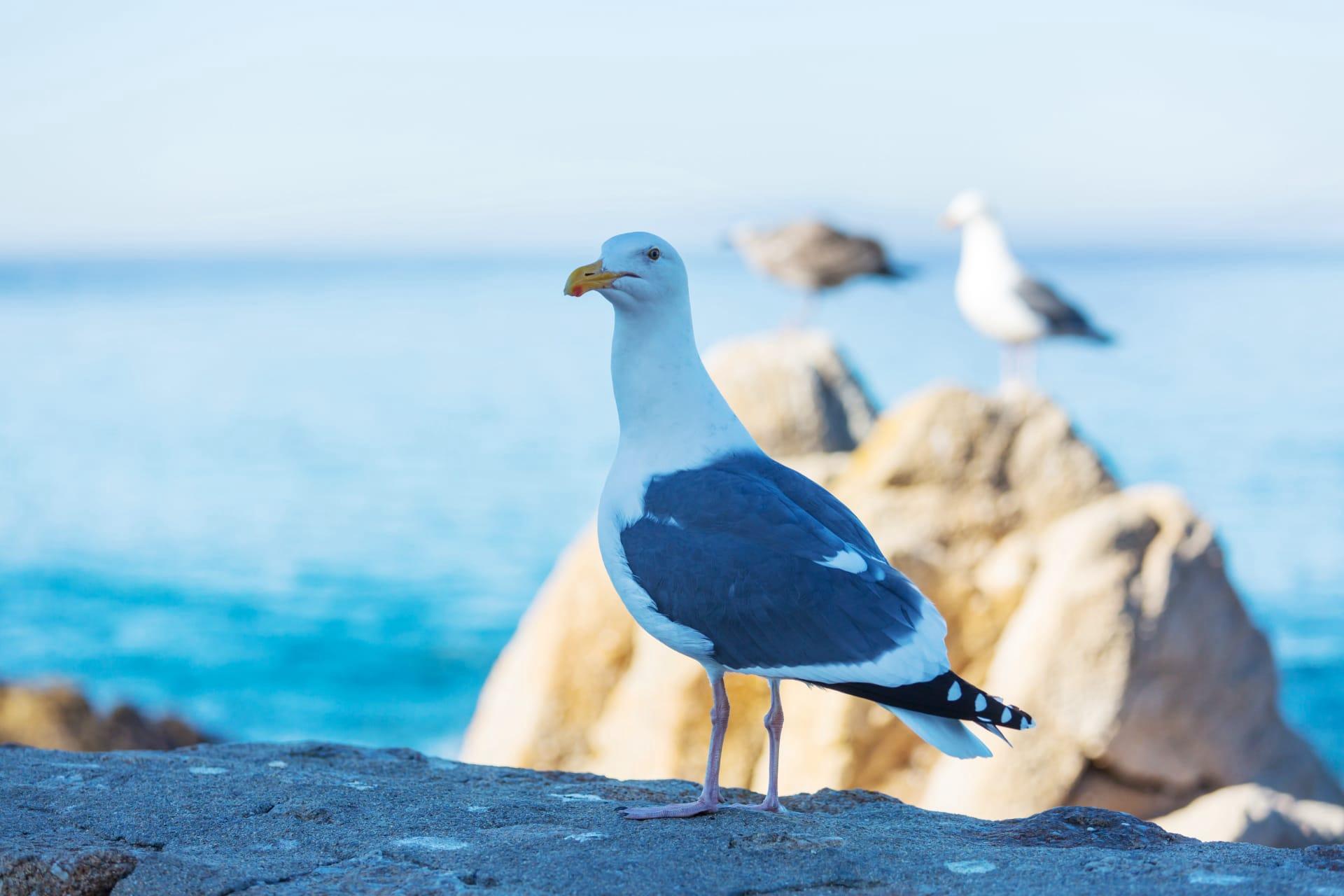1
Seagulls, those familiar coastal birds, are masters of flight. They have a unique adaptation in their shoulder joints allowing them to lock their wings in place during long flights over the ocean. This biological marvel saves energy, enabling them to glide effortlessly for hours without flapping. Imagine soaring over vast waters with hardly a wingbeat, a testament to nature's efficiency!
Another surprising fact about seagulls is their incredible sense of smell, which is quite rare among birds. They can detect food sources, like fish oils, from miles away. This olfactory prowess is particularly useful in locating food in vast, open waters or even beneath sand on beaches. Their sense of smell is so refined that it can lead them to fishing boats several kilometers away, guiding them like an invisible scent trail in the sky.

2
Did you know that seagulls are not just opportunistic feeders but also skilled hunters? They have a technique called 'foot paddling' to mimic rainfall by tapping their feet on the ground. This clever trick fools earthworms into thinking it's raining, luring them out of the soil. It's a fascinating display of their ability to adapt and use their environment to their advantage.
Another intriguing aspect of seagull behavior is their communication skills. Seagulls use a complex system of vocalizations and body language to convey messages. They have different calls for danger, food, or to attract a mate. Additionally, their head and wing gestures play a vital role in their social interactions. Observing a group of seagulls is like watching a well-orchestrated symphony of sounds and movements, each with its own purpose and meaning.

3
Seagulls have an impressive lifespan. In the wild, they can live up to 20 years, a remarkable feat for birds. This longevity is partly due to their adaptable diet and ability to live in diverse environments, from coastal regions to urban settings. Their survival skills and resourcefulness contribute significantly to their extended lifespans.
Seagulls also display a high level of intelligence, particularly in their problem-solving abilities. For example, they've been observed dropping hard-shelled mollusks and clams onto rocks to break them open. This not only showcases their understanding of cause and effect but also their ability to use the environment as a tool, a skill often associated with higher intelligence in the animal kingdom.

4
When it comes to parenting, seagulls are quite attentive and protective. Both male and female seagulls share responsibilities in nest building, incubating eggs, and feeding their chicks. This cooperative parenting ensures a higher survival rate for their offspring. It's a heartwarming sight to see seagull pairs working together in nurturing their young.
Seagulls are known for their migratory habits, often traveling great distances during different seasons. Some species of seagulls migrate over 3000 kilometers annually. These migrations are not just a quest for warmer climates but also a search for abundant food sources. Their navigational skills are remarkable, using landmarks, the sun, and even the Earth's magnetic field to find their way across vast distances.

5
Have you ever noticed how seagulls often stand on one leg? This behavior, known as 'unipedal resting,' helps them conserve body heat. By tucking one leg into their feathers, they reduce heat loss, a crucial survival technique in colder environments. It's a simple yet effective way to stay warm.
Seagulls are not always the noisy, gregarious birds we see at the beach. Some species are quite solitary and prefer to live alone or in small groups. These solitary seagulls often forage and nest in less crowded areas, avoiding the hustle and bustle of larger colonies. It's a reminder that even within a species, individual behaviors and preferences can vary widely.